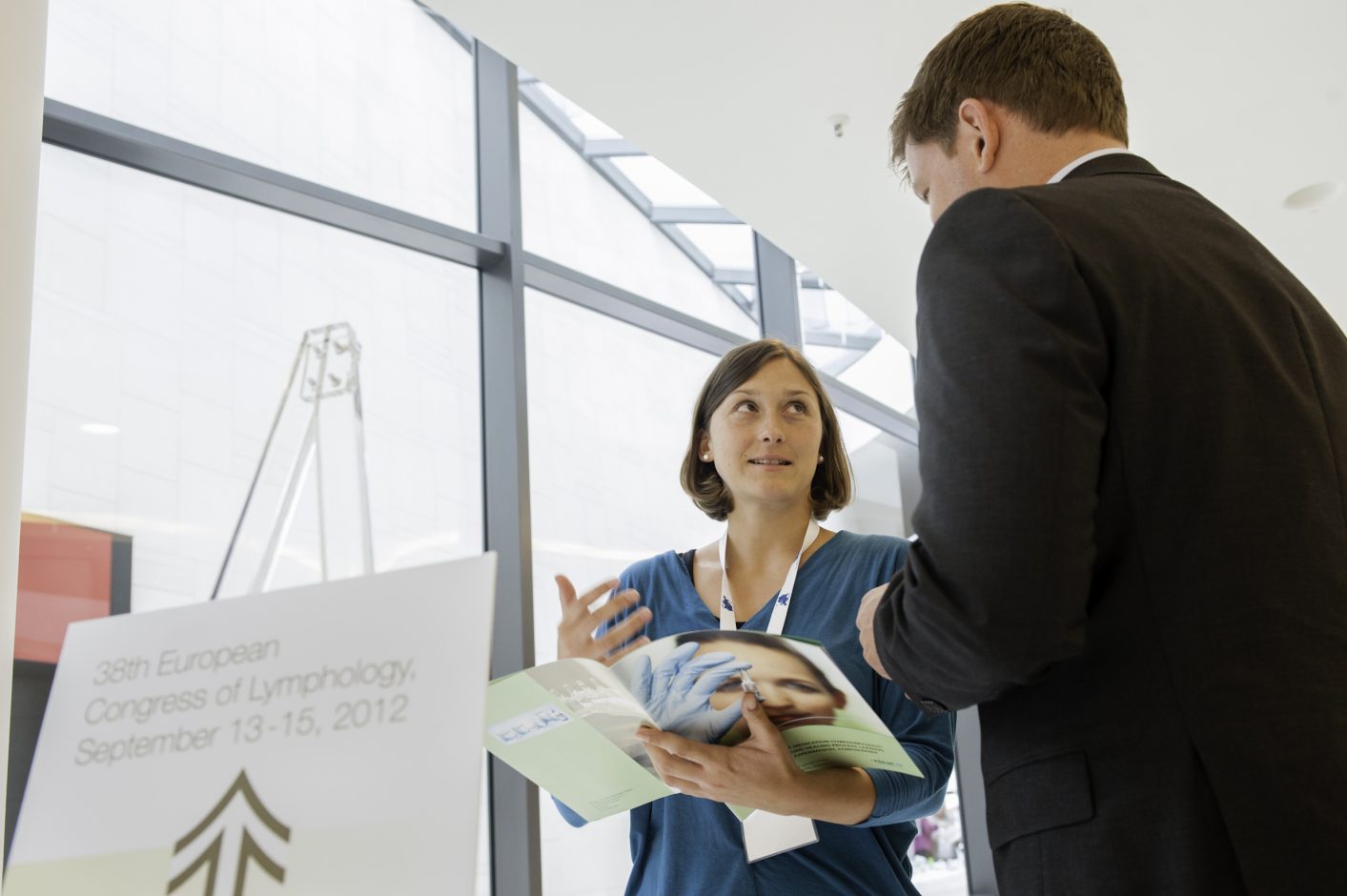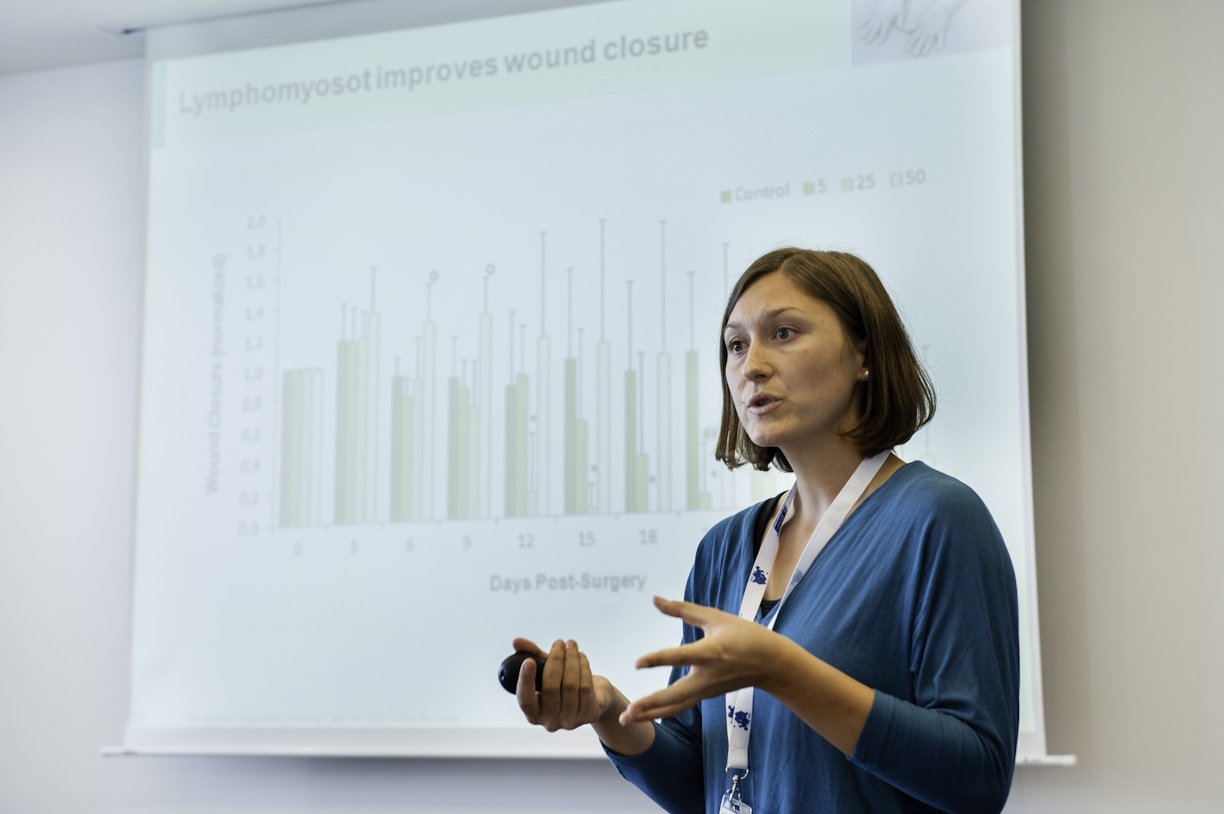The lymph, named after the Roman deity of fresh water, has astonishing capabilities. It is specialized in the transport of wastes. Next to the bloodstream, the lymphatic system with the lymph vessels as pathways is the most important transportation and communication system in the body – and it is crucially involved in the wound healing process and immune reaction.
“If the vessels of the lymphatic system get injured, however, the tissue fluid can no longer freely drain off. A congestion occurs that can lead to a lymphedema”, says Dr. Bernd Seilheimer, Head of Global Research at Heel in Baden-Baden. “One of the most important targets is therefore to support the recovery of the tissue’s structures enabling a free lymphatic flow. In experimental models we have now been able to assert that our homeopathically manufactured multi-target preparation strongly accelerates wound closure and reduces the swelling significantly.”
“We were surprised how clearly the experiments support the efficacy of this low-dose medication with its minimal side effects” says Jeremy Goldman, PhD. The Associate Professor and expert for lymphatic and blood vessel biology led the murine tests at the Department of Biomedical Engineering of the Michigan Technological University in Houghton, USA. “After the surgery, the swelling went down much faster with administration of the medication than in the saline control group. At the optimal dose, the wound closed more than twice as fast.”
One of the main reasons for accelerated healing might lay in the targeting of underlying processes of lymphatic recovery and drainage, such as inflammation and tissue remodeling. The quantity of macrophages was reduced by almost 50 per cent as determined during the final examination in the Lymphomyosot group in comparison to the control group. The preparation seems to restore the lymphatic functionality after an injury and hence supports self-healing processes. Further studies will be conducted to provide more detailed information on the mode of action.
The study results were presented by Dr. rer. nat. Yvonne Burmeister at the 38th European Congress of Lymphology in Berlin. Under the auspices of the International Society of Lymphology and in cooperation with the German Society of Lymphologists the leading experts in the field of Lymphology come together annually to discuss the latest methods and treatment approaches, case studies and recent clinical findings. A leaflet on the study is available at Heel; a full publication in a peer-reviewed journal is in preparation.




